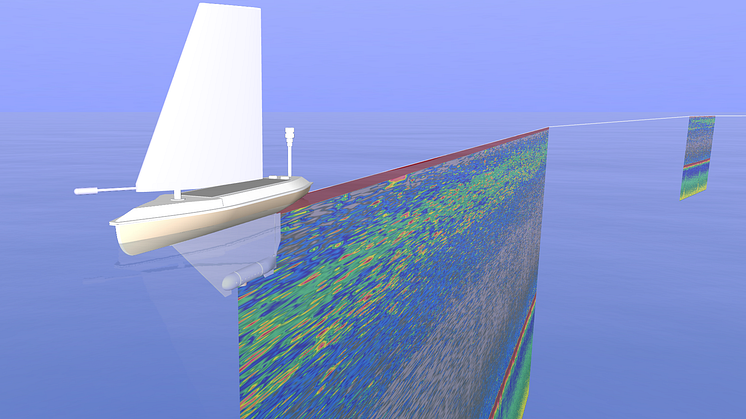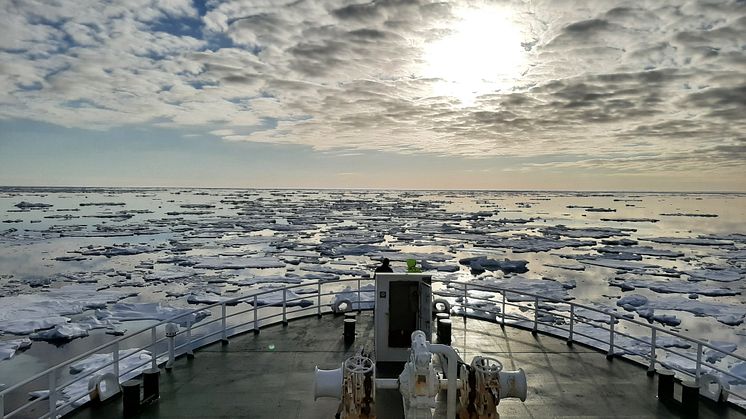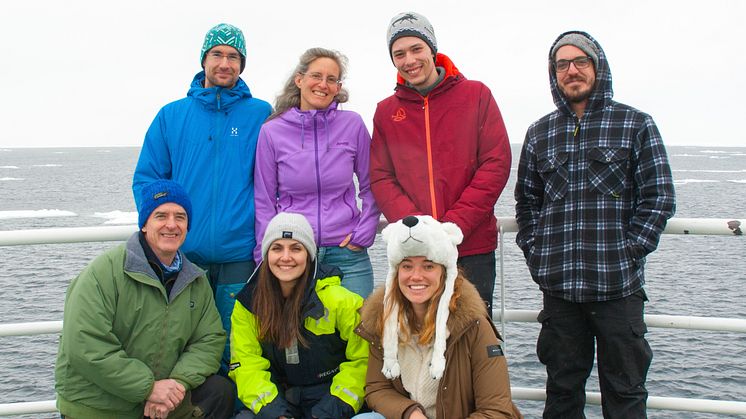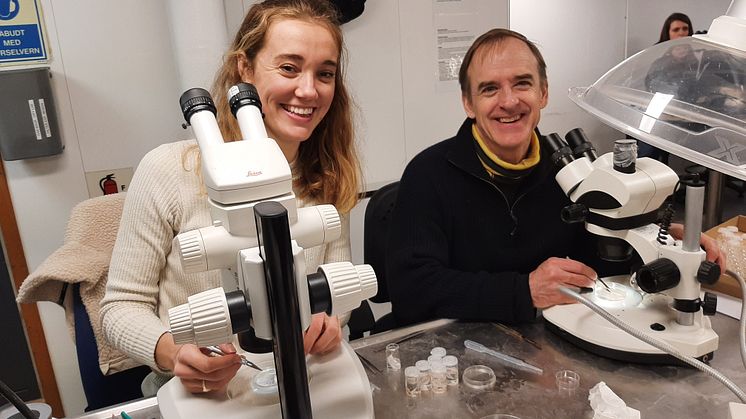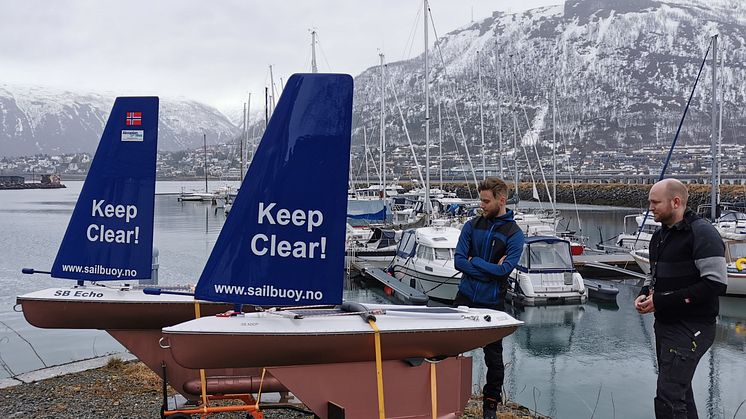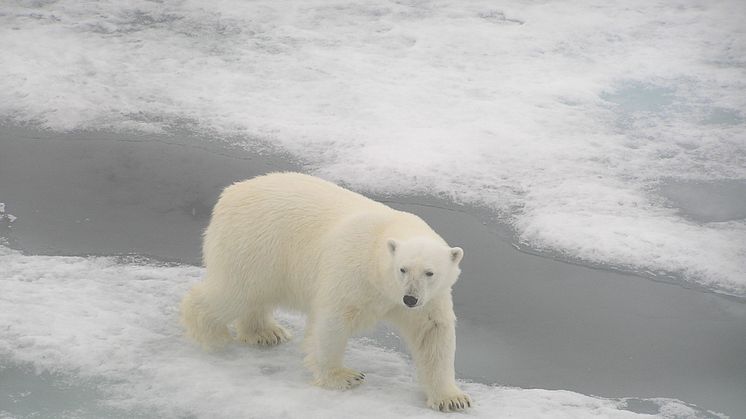
Pressemelding -
Akvaplan-niva leading new project on Polar Front ecology
Akvaplan-niva has been awarded funding from the Research Council of Norway to study the role of the Polar Front in ecosystem structure and function in the western Barents Sea. The project has contributions from two petroleum companies, and logistical support from UiT The Arctic University of Norway and an EU project (BioGlider). The project period is November 2021 – December 2024.
The Barents Sea Polar Front, which often matches the southern extent of the seasonal ice zone, is known to be of particular importance for primary production, spawning, and feeding by various components of the pelagic ecosystem. Using traditional shipboard sampling and the Akvaplan-niva fleet of autonomous sampling platforms the newly funded project will investigate this ecosystem during three seasons, including the poorly known Polar Night. Data will be visualized in real-time and archived under Open Data policies. In addition, tools will be developed whereby industry and modellers can access data in appropriate formats for management, environmental risk assessment, and ecosystem dynamics studies. Industry and management end-user groups are integrated into the project to assure that scientific results have solid impact.
UiT - The Arctic University of Norway, the Norwegian Polar Institute, the Scottish Association for Marine Science, Memorial University (Canada), and the Institute of Oceanology – Polish Academy of Science are project partners, along with Equinor and ConocoPhillips.
'We have a highly competent and motivated team of researchers conducting critical research in an area with high ecological value. In addition, we will receive input from industry and environmental management sectors to assure that state-of-the-art technology, data visualization and data management are integrated into operations and policy making,' says Paul Renaud, project leader from Akvaplan-niva.
